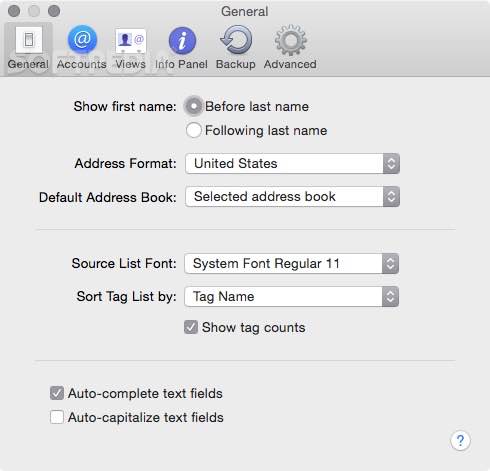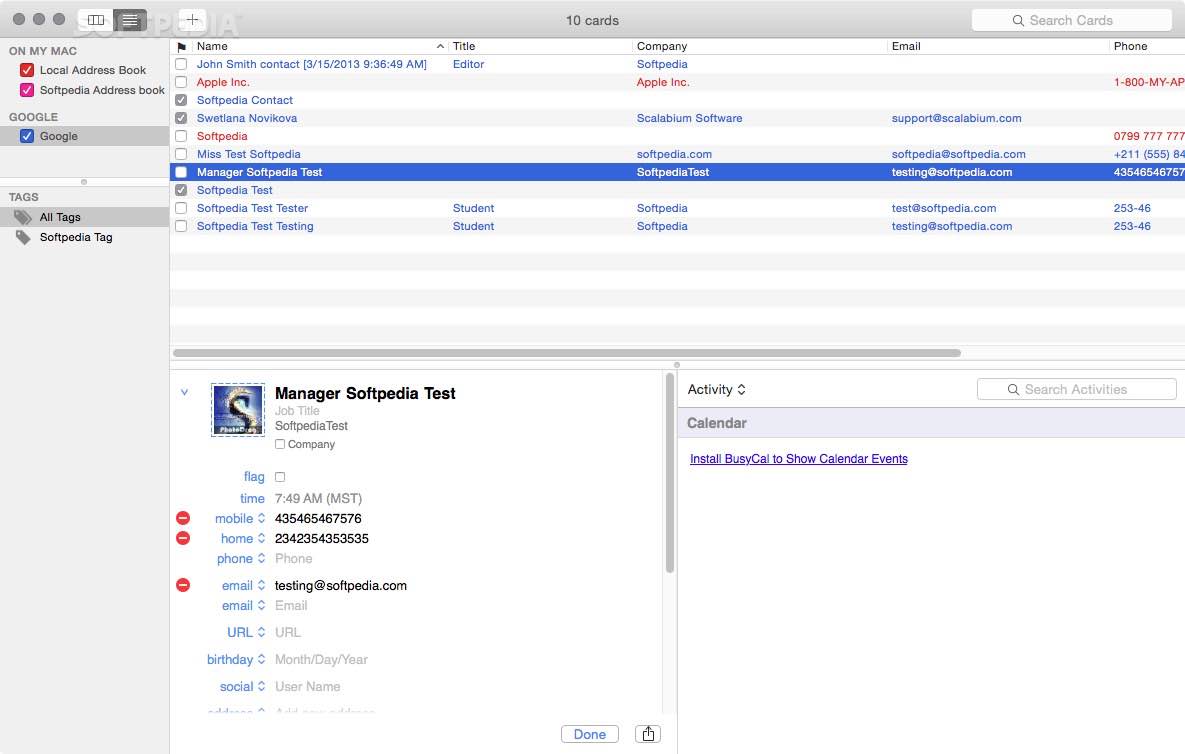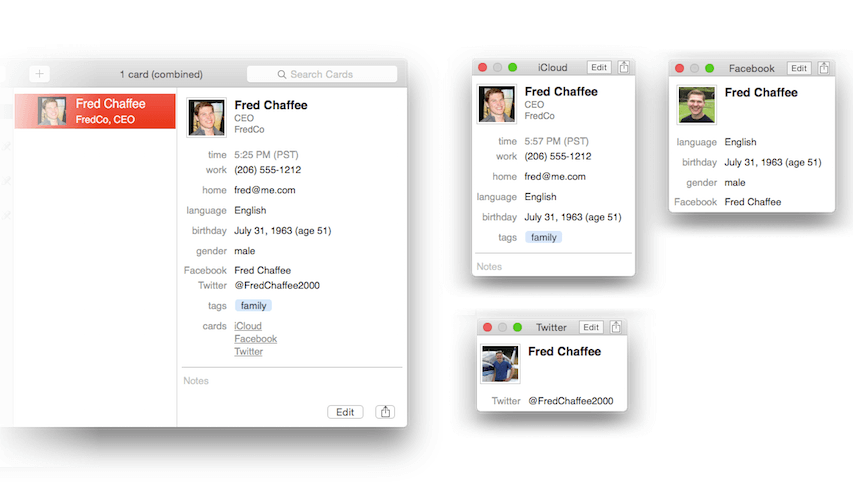
This means that I can see, add, and change my OpenMeta tags on iPhone or iPad.I came across The Sweet Setup as a result of looking at some custom page templates that David Sparks had on his blog on MacSparky. What has been a recent bonus for me is that from last month nvALT synchronizes not only notes but also tags with SimpleNote. There is an easy shortcut to tag any note ( ⌘-Shft-T) from within nvALT and, of course, you can tag them in the same way you tag any reference file, because your notes are simply text files. Similarly to Notational Velocity, nvALT uses OpenMeta tags which is critical for organizing my reference files and notes. Thus, NValt gives you the “ power of a blank sheet” mentioned by Adam Lisagor in his conversation with MacPowerUsers. For example, it allows Full-Screen editing which is great for writing.

It is very similar to Notational Velocity but has a slightly more friendly user interface and a couple of other great features. In Spring, I started to use nvALT, a fork of Notational Velocity and I’ve been very happy with it ever since. As long as I can remember these two things, it works well.Ī few words about the software.

At the moment I mostly use only two types of such names: “ dsx” (for ‘Discuss’) and “ idxx” (for ‘Ideas’). Thus I want these ‘running’ notes to have unique and yet easily remembered names. As described in this geeky entry, I like to add lines to such notes on the fly using LaunchBar, without even opening my note-taking application. There is also a small number of constantly updated notes (for example, the things I want to discuss with a particular person or ideas for a publication).

Most of my notes are reference or project notes. (If you wonder about the difference between reference and project notes, it is the same as between project and reference files). The same convention applies to project notes, for example “ esxcosus phone meeting with editor 110601” is a note related to my publication project “COSUS” (Current Opinion in Environmental Sustainability) which belongs to my research area “es”. I use OpenMeta tags if I want more refined classification for my reference notes. A note with such name is easy to both sort by the name and find by the word in the title. I try to add all substantive information in the note title anyway, so a typical title is: “ rxes quote from uk energy security review 2007“. It is very easy to remember so I do not need to think much about the leading element in the note name. It works very well for me that all the reference notes start with “ rx” and then there are only 4-5 two-letter acronyms for the areas in which I keep references. What used to be “ refxenergyxsecurity” is now “ rxes“. Secondly, I simplified the leading element in my notes names. What used to be “ ref:energy:security” became “ refxenergyxsecurity“. So I follow MacSparky in replacing the column with an “x”. First of all, I stopped using a colon as a separation symbol because it takes longer to type it on iPhone and iPad and because some operating systems don’t like colons in file names.
Macsparky busycontacts for mac#
The advice is primarily for Mac users although note naming tips may be useful for everyone.įor naming notes, I use the system described in this post, which is now somewhat refined and simplified.
Macsparky busycontacts software#
In this post, I describe some recent software developments and share experience in naming notes.
Macsparky busycontacts update#
This prompted me to update several entries from April and March on taking notes on a Mac. David Sparks just explained in Macworld once again why plain text is best.


 0 kommentar(er)
0 kommentar(er)
